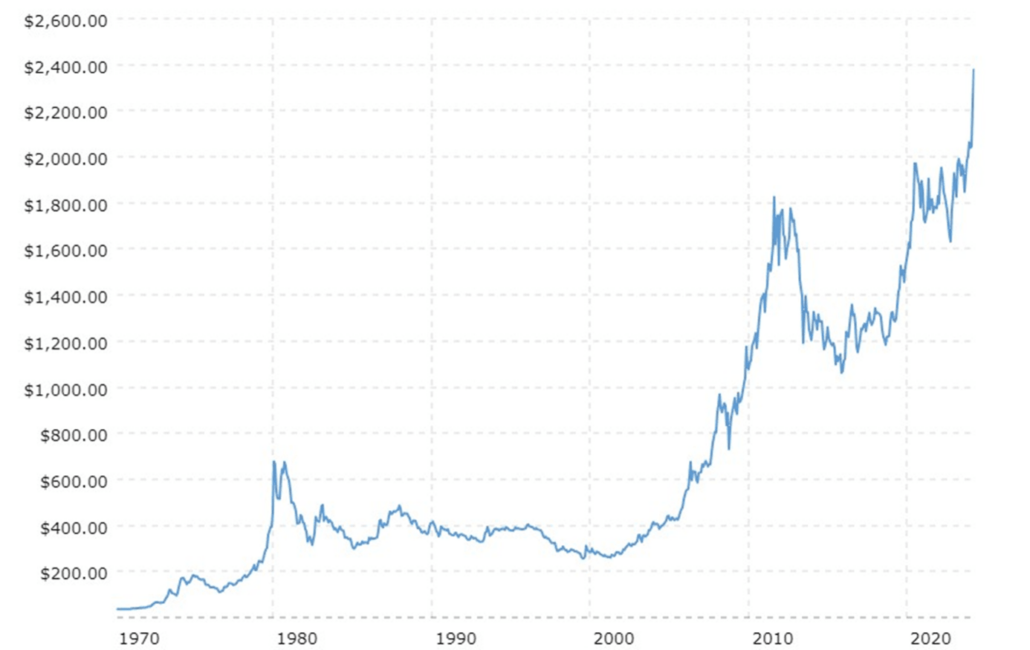T.Bailey – Q1 2024 Quarterly Report
Performance to 31/03/2024 is shown as the total return after investment fees. Past performance is not a reliable indicator of future returns. Capital is at risk. Relevant benchmarks: A (IA Mixed Investment 20–60% Equity) B (ARC Balanced) C (ARC Steady Growth) D (ARC Equity)
The last quarter has been positive, with the T.Bailey funds returning between 2.6% and 6.2%.
For some time, the T.Bailey Managers have assured that once interest rates peaked, the funds would be well placed to start performing better due to their sensitivity to interest rates, and it has been encouraging to see evidence of this.
Equities have been the biggest contributor to performance over the quarter, despite no let-up in geopolitical concerns. They have been buoyed by better economic data and the hope of interest rate cuts at some point in 2024. While investment markets have got ahead of themselves at times, pricing in more interest rate cuts than is likely, most funds have delivered positive returns as market strength broadened beyond the ‘Magnificent Seven’.
Japan led the way, with the Nikkei 225 index surpassing its 1989 high in February, fuelled by long-awaited corporate governance reforms, which are finally yielding returns to shareholders. The T. Bailey managers had correctly identified the value in Japan and maintained significant exposure to the market, ranging from 7.6% to 13.5% for the Japanese equity funds.
While the UK stock market has become a sideshow for larger international institutional investors, it fared better in March. Demand has returned for attractively valued companies with cash-generative balance sheets, supported by an increase in takeover activity and increased share buyback activity, often from overseas companies. The UK is another area favoured by the T. Bailey managers.
Equity Themes
The Polar Capital funds held as part of the thematic exposure, covering artificial intelligence, healthcare, and global insurance, were particularly strong performers over the quarter, and the impressive double-digit returns demonstrate the value of investing in smaller, more active funds. While insurance may seem an unconventional (and, dare we say it, rather dull!) theme, the capacity for insurers to adjust market prices annually is a valuable attribute. The emergence of customised insurance solutions further enhances the pricing capabilities in a market with fewer re-insurers.
Schroder Global Energy Transition was a laggard but showed signs of improvement in the closing weeks of the quarter. Mark Lacey, who leads the team at Schroders, highlighted that KKR, one of the largest private equity firms, confirmed it was buying Encavis (a core holding of the Schroder Global Energy Transition Fund). When the private market buys publicly listed companies, it is usually to exploit undervalued assets. The T. Bailey managers believe there will be more transactions like this over the next few years, particularly if valuations in the public market remain heavily discounted (as they are today). Hence, profitable industry leaders with strong balance sheets have the potential to thrive over the next investment cycle, especially as all energy transition sub-sectors are underpinned by very strong electricity demand growth over the next decade.
Commodities
Copper and gold, held for different reasons, were also notable contributors over the three-month period. Gold has continued its upward march in 2024 and closed the quarter at an all-time high, aided by significant central bank purchases, particularly in China. Meanwhile, the price of copper increased after nineteen major copper smelters in China agreed on production cuts during March. Copper is held in the funds because of the looming supply/demand imbalances, whereas gold is held as a currency alternative and a store of value in an uncertain environment while being a traditional hedge against inflation, which remains above target levels in the West.
The chart below shows the gold price reaching all-time highs.
Source: Macrotrends.net, 16th April 2024
Diversifiers
Within the multi-asset funds, bonds have proved to be more volatile over the quarter as inflation expectations are less sanguine than they were at the start of the year. Core government bonds fell modestly as interest rate reduction optimism has faded, primarily in the US. As a consequence, the funds’ exposure to UK bond markets did better than their US counterparts. Nevertheless, the managers believe that bonds still have an important role to play, and if there is a big sell-off in equity markets, they should offer some protection. Additionally, exposure to high-yielding credit on a selective basis through the Man GLG High Yield Opportunities Fund was beneficial.
It is difficult to predict how things play out from here with tensions rising in the Middle East, but the managers feel the portfolios are prudently balanced to take advantage of cheap valuations, especially in themes such as energy transition. They are not exposed to lofty valuations and continue to allocate to markets such as Japan, where corporate governance reform continues to underpin that stock market. To protect against potential volatility, they maintain a relatively high cash weighting and exposure to bonds alongside suitable diversifiers, including copper and gold, to provide an appropriate balance.

